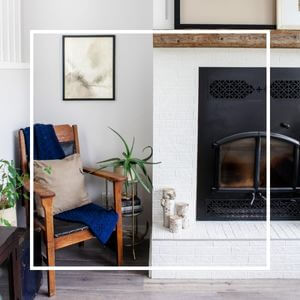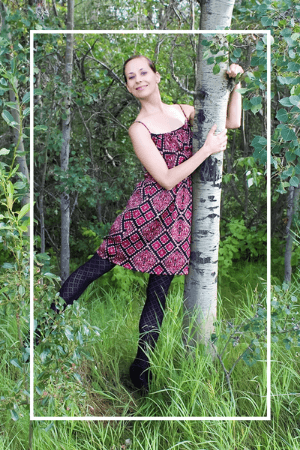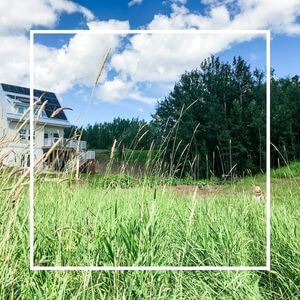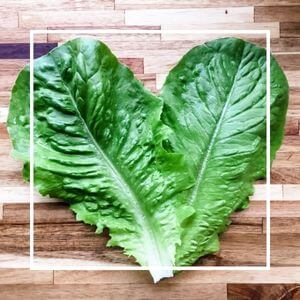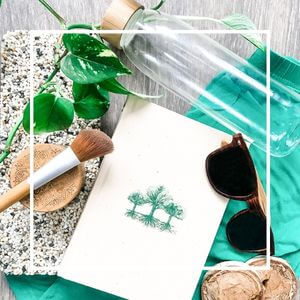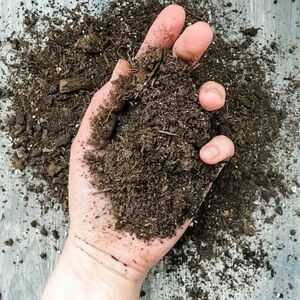 Just getting started with composting? This quick guide to composting for beginners will help you steer away from the most common mistakes.
Just getting started with composting? This quick guide to composting for beginners will help you steer away from the most common mistakes.
Composting seems kind of foolproof, right? Throw some fruit and veggies parts in a pile, stir it occasionally and with time you can produce healthy soil to help your plants thrive.
Yet, even though the steps seem simple, there are a few things you can do that will actually make the process slow down.
Now, you’d think I’d be a composting expert with my organic garden and the fact that I often talk about composting your food scraps as a way to live more sustainably.
But to be honest, I still consider myself a beginner in many ways. However, this summer I’m determined to up my composting knowledge and skills.
Let’s look at the most common composting mistakes so we can learn how to to avoid them – together.
I’ve also included some photos and links for DIY compost bins, because you shouldn’t have to spend a ton of money on something you’re going to use for kitchen scraps!
Poorly Balanced Browns and Greens
You can make great compost with the proper mix of brown and green organic matter. Browns are things like shredded newspaper and dry leaves, while greens include lawn clippings and vegetable scraps.
The general rule to follow is three parts brown to one part green. People typically use too many greens, resulting in a too-wet, mushy mess.
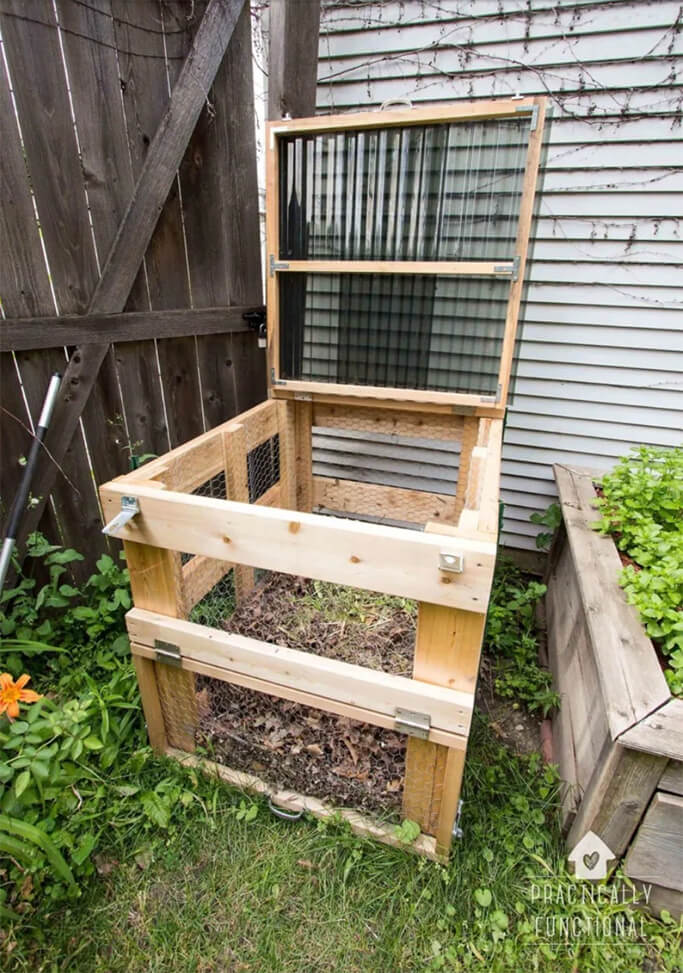
Improper Moisture Levels
If your pile is too wet or too dry, you impede the necessary decomposition process. When your compost starts to get soggy, mix in more browns and turn your pile more frequently, as adding oxygen will counteract the moisture.
When your pile seems too dry, add a little bit of water to the mix. The sweet spot is a warm pile that smells earthy.
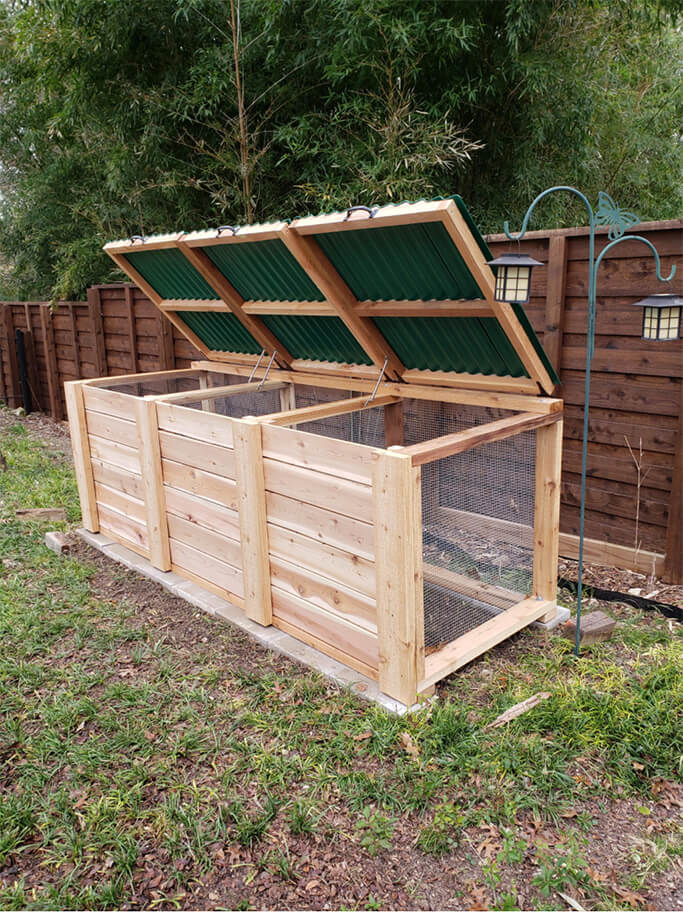
Lack of Aeration
Oxygen is a key ingredient in effective composting. Remember to regularly turn your pile – either in a compost turner or manually – to introduce oxygen throughout.
Turning your compost once or twice each week is often enough for the pile to get the oxygen it needs.

Composting the Wrong Items
Almost all organic material will break down when given enough time. However, some materials don’t make for good compost, and you should keep them out of your piles.
Avoid putting meats and animal byproducts in your compost, including dairy products and eggs. Even certain plants, like onions and citruses, can impact the composting process due to their acidity.
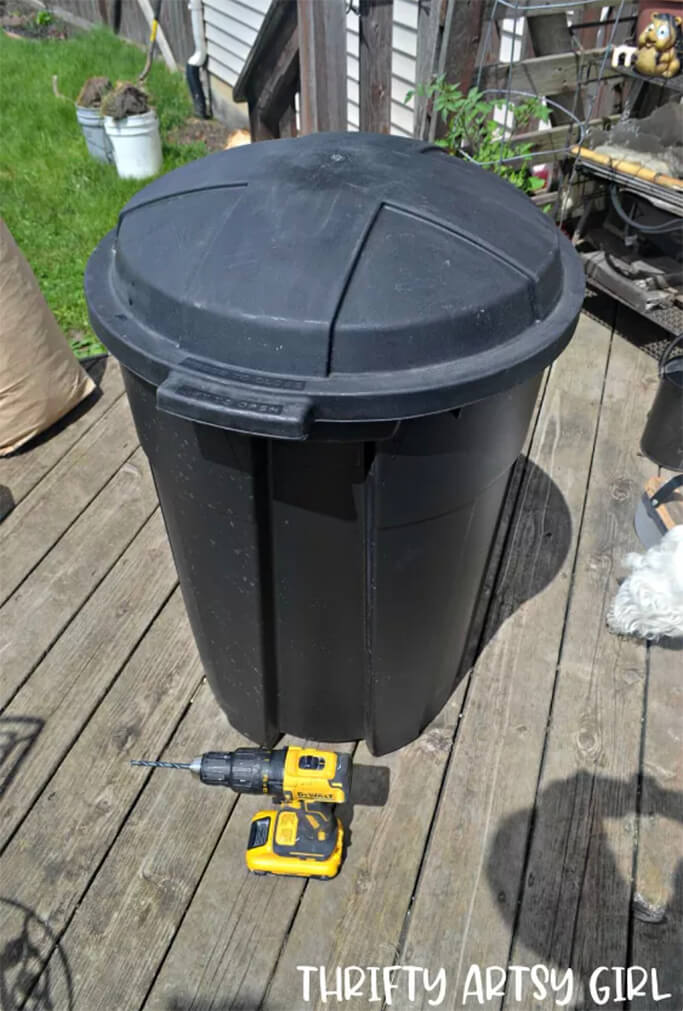
Hope this guide to composting for beginners will have you well on your way to creating the most beautiful, nutritious compost for your garden!
PIN ME!
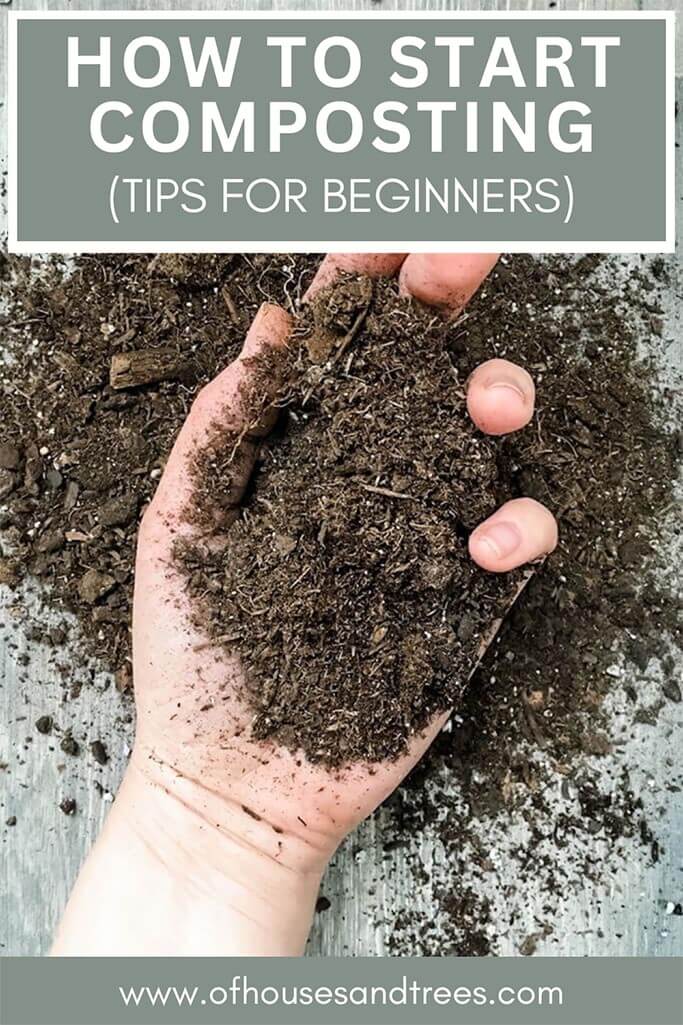 Posted on March 2, 2022
Posted on March 2, 2022
Former architectural technologist. Current treehugger.
I’m here to help you green your home – and your life.
Subscribe to the Of Houses and Trees monthly newsletter and I’ll send you my FREE list of “The 8 Best Places to Buy Eco-Conscious Decor Online.”
What on earth is sustainable design? Learn all about this eco-focused design method and read the latest posts about green architecture, interior design and decor.
Sustainable living is more than just a thing treehuggers talk about. It’s about making conscious choices everyday. Read the latest posts on living with the planet’s wellbeing always in mind.
Visit the Of Houses and Trees sustainable product directory and support brands trying to make a difference in the world.
Find out more about our 40 acres of land in Parkland County, Alberta and the sustainable home we built amongst the trees.
Need help creating the home of your dreams? Care about the planet? You’ve come to the right place! check out my affordable, sustainable e-design services.
Having a had time choosing paint colours? I’ve got you – and your walls – covered with an interior paint palette sure to compliment your home.
Have questions about creating an eco-conscious home? Go ahead – ask me! Sign up for one of my free online interior design consultations and ask me anything you want.
